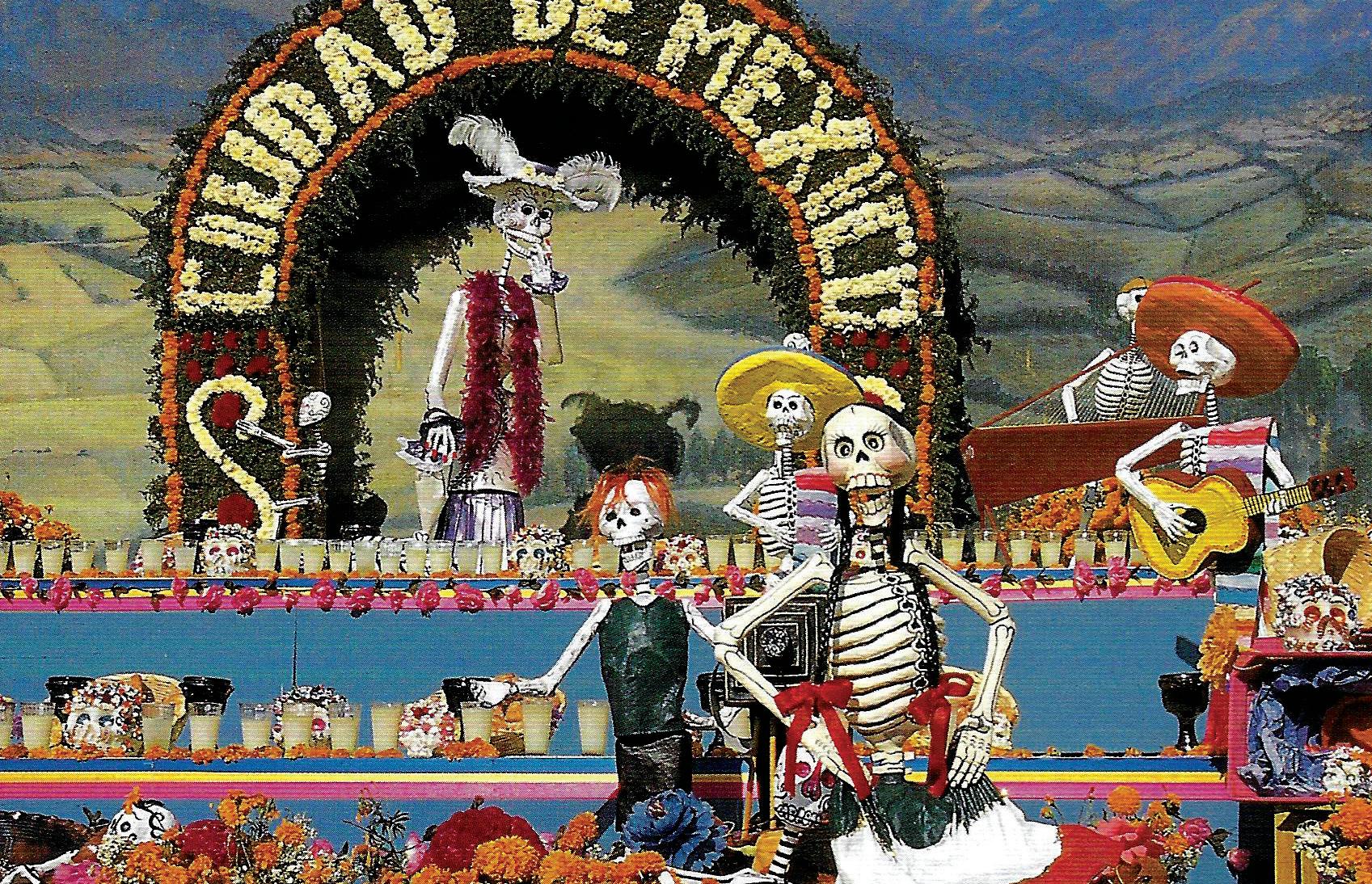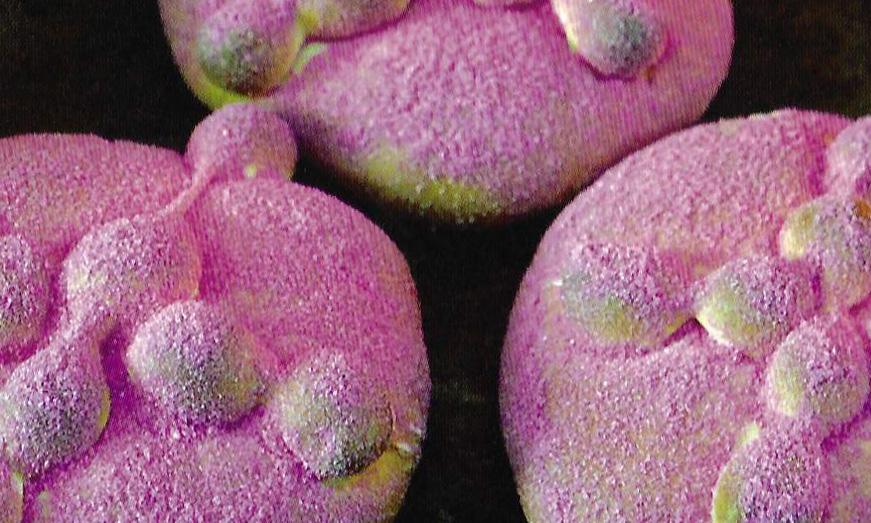
1 minute read
Pre-Columbian Imagery in Mexic-Arte Museum’s Day of the Dead Festival
Mexic-Arte Museum hosts Viva la Vida Festival and Parade every year in downtown Austin, Texas. The parade pays homage to the indigenous roots of the Day of the Dead celebration as well as the new ways people have created to celebrate life and honor those who have passed. It has become an event that promotes Latinx culture and traditions in all the ways it exists today.
The Viva la Vida Parade has a pre-Columbian section that features a Tzompantlior skull rack. A tzompantli is a wooden rack or palisade documented in several Mesoamerican civilizations, which was used for the public display of human skulls, typically those of war captives or sacrificial victims. That sacrifice would feed the gods, and ensure the continued existence of the world. Death, however, was just the start of the victim’s role in the sacrificial ritual, key to the spiritual world of the Aztec people in the 14th to the 16th centuries. Priests armed with years of practice, and obsidian blades sharper than today’s surgical steel, would perform the ritual.
Advertisement
A Tzompantlican be found in front of the Templo Mayora pyramid with two temples on top- was dedicated to the war god, Huitzilopochtli, and the other to the rain god,Tlaloc. Eventually, after months or years in the sun and rain, a skull would begin to fall to pieces, losing teeth and perhaps even jaws. The Aztec priests would remove it to be fashioned into a mask and placed in an offering; or use mortar to add it to two towers of skulls that flanked the Tzompantli. For the Aztecs, those skulls were the seeds that would ensure the continued existence of humanity. They were a sign of life and regeneration, like the first flowers of spring. This is where the tradition of using skulls and skull masks in the Day of the Dead celebrations and on ofrendas began.

Tzompantli, Muro de Cráneos
Procedente de Tecoaque Zultépec-Tecoaque Tlaxcala, Mexico, 1521 Photo by Sylvia Orozco
Created by Community Members
Tzompantli, 2009-2019 Paper mache, 100” x 113” x 21” Mexic-Arte Museum Permanent Collection Viva la Vida Festival, Austin, TX. Photo by Chris Caselli









